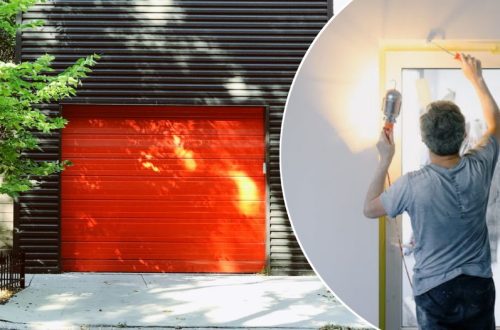
Tips and Techniques for Effective Home Installation
This is a collaborative post
Welcome to our comprehensive guide on tips and techniques for effective home installation. Whether you’re a DIY enthusiast looking to spruce up your space or a professional contractor seeking to refresh your knowledge, this guide offers insights to help you navigate the process smoothly. We’ll explore practical tips, methods, and safety measures to ensure a successful home installation project.

Selecting the Right Tools and Materials
Before beginning any installation project, it’s essential to gather and prepare all necessary tools and materials. This step not only ensures a smooth workflow but also minimizes delays and errors. Some essential tools that one might need include a hammer, screwdriver set, level, measuring tape, drill machine, pliers, saw, utility knife, and safety equipment such as gloves and goggles. Depending on the project, materials may include nails, screws, adhesives, wires, cables, and fixtures.
Planning and Preparing the Space
Next is to plan and prepare the space to install your new fixture or appliance. This step involves assessing the area’s dimensions and identifying potential obstacles or hazards affecting the installation process.
Clearing out clutter, removing old fixtures or appliances, and ensuring enough space to work comfortably are crucial steps in preparing the space.
Following Manufacturer’s Instructions
It’s essential to carefully read and follow the manufacturer’s instructions when installing any new fixture or appliance. This step ensures you’re using the right tools and materials and following the correct steps to achieve a successful installation.
Some manufacturers may also have specific product requirements or recommendations, and failing to follow them could void the warranty or compromise safety.
Ensuring Safety Measures
Safety should always be a top priority during any home installation project. Always wear appropriate protective equipment, such as gloves, goggles, and face masks, when working with tools and materials.
It’s also crucial to turn off any electrical or water sources before beginning the installation process. If you’re unsure how to safely handle certain tools or materials, it’s best to seek professional help.
Taking Measurements and Marking Out
Accurate measurements are essential for a successful home installation project. Make sure to use a level and measuring tape to measure and mark out the installation area. This step helps ensure that your new fixture or appliance is correctly positioned and aligned, preventing future issues.
This is an important step, and if you get it wrong, it could lead to a crooked or unstable installation. For this reason, we often recommend getting professional help for insulation projects that require precise measurements and alignment.
Using Proper Techniques
Using the right techniques can make all the difference in achieving a successful home installation. For example, when drilling holes, it’s essential to use steady pressure and avoid pushing too hard, as this could create crooked or uneven holes.
When using adhesives, follow the recommended drying time before applying any weight or stress on the fixture.
Seeking Professional Help
While DIY projects can be fun and rewarding, sometimes it’s best to seek professional help for more complex home installations. This could include tasks that require specialized knowledge, tools, or equipment. It’s always better to be safe than sorry, and consulting a professional can save you time, money, and potential safety hazards. Learn more by talking to professionals in your area.
Troubleshooting Common Issues
Even with proper planning and execution, unexpected issues can arise during a home installation project. It’s important to stay calm and troubleshoot the problem by carefully reviewing the instructions or seeking professional help.
Some common issues include mismatched parts, faulty wiring, or incorrect measurements. Properly addressing these problems can save you from costly repairs or replacements.
Conclusion
Home installation projects can be challenging but rewarding tasks. By following these tips and techniques, you’ll ensure a smooth and successful installation process.
Remember to gather the right tools and materials, plan and prepare the space, follow the manufacturer’s instructions, prioritize safety, take accurate measurements, use proper techniques, seek professional help when needed, and troubleshoot any issues that may arise.
With these tips in mind, you’ll be on your way to achieving a beautiful and functional home installation project.





